Proper sprinkler spacing is important to ensure the uniform distribution of water over your irrigation area. That's why we researched the proper distance of sprinkler heads from each other, and here is what we discovered.
If you have a square pattern for your sprinkler heads, then this is the average spacing range:
- 0-3 mph wind velocity= 55% of diameter D maximum spacing
- 4-7 mph wind velocity= 50% of diameter D maximum spacing
- 8-12 mph wind velocity= 45% of diameter D maximum spacing
Now, if your pattern is an equilateral triangle, then you can refer to this average spacing range:
- 0-3 mph wind velocity= 60% of diameter D maximum spacing
- 4-7 mph wind velocity= 55% of diameter D maximum spacing
- 8-12 mph wind velocity= 50% of diameter D maximum spacing
Keep reading as we discuss how to compute the number of sprinklers you need for your area. We'll also delve into the types of sprinkler heads, sprinkler system patterns, and some tips for choosing the right sprinkler head for you. We'll also talk about the importance of proper sprinkler head placement.
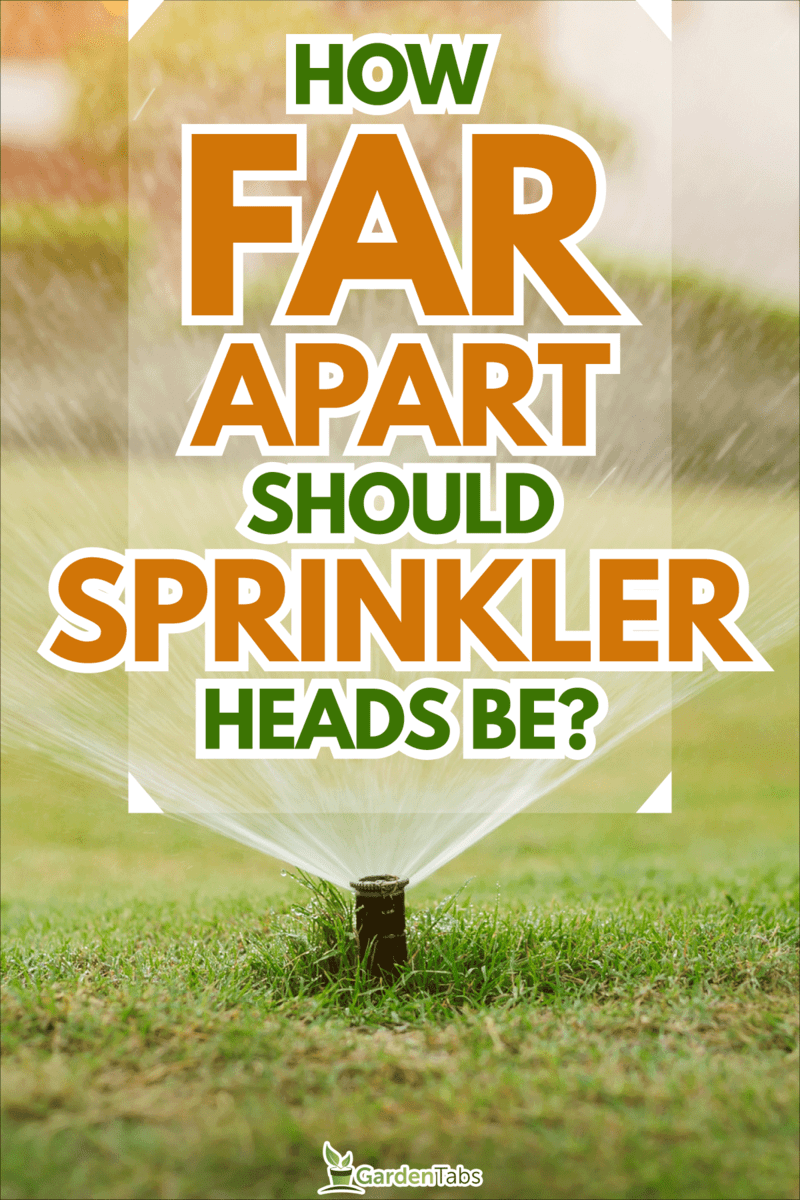
How To Compute The Number Of Sprinkler Heads Needed For Your Garden?
Determine how many sprinkler heads you'll need before planning an in-ground sprinkler system. To assist with planning, utilize a formula to compute the amount or a sprinkler layout calculator or tool online.

If you want to manually compute how many heads you need, you can follow these steps:
- Measure the length and width of your yard in feet.
- Then add these figures together.
- On a sheet of graph paper, sketch your yard to scale. The area of the grass should be represented by one square.
- To determine how far apart to space your sprinklers are, divide the sprinkler head's maximum spray distance in half.
- Place sprinkler heads based on the required spacing according to the type of sprinkler head in each direction as you plan their locations on the graph paper until you have a grid that represents the layout of your complete yard.
- Then, determine how many sprinkler heads are required to completely cover the lawn.
On the other hand, if you are looking for an online sprinkler head calculator, you can click here.
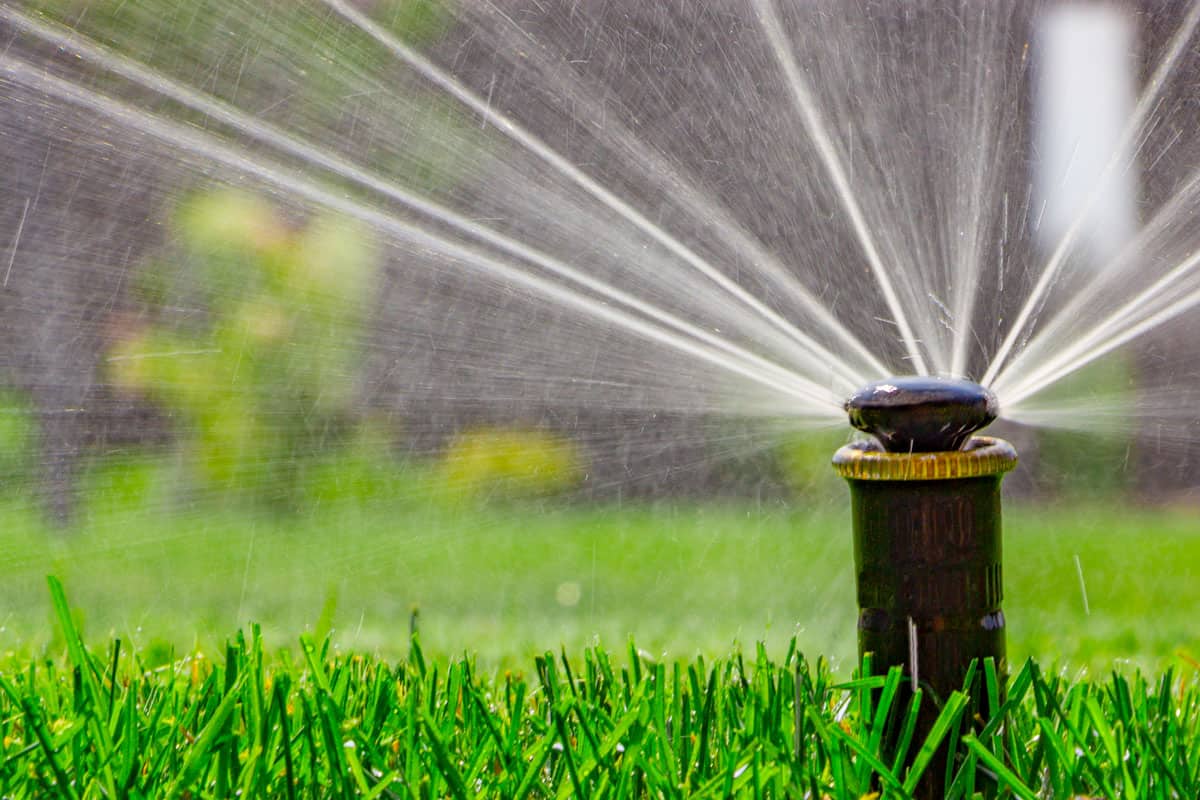
What Are The Different Sprinkler Head Patterns?
Sprinkler spacing patterns come in three basic types which are:
- square
- triangular
- rectangular
In addition, the sliding pattern is developed to adapt to curving boundaries.
Square Pattern
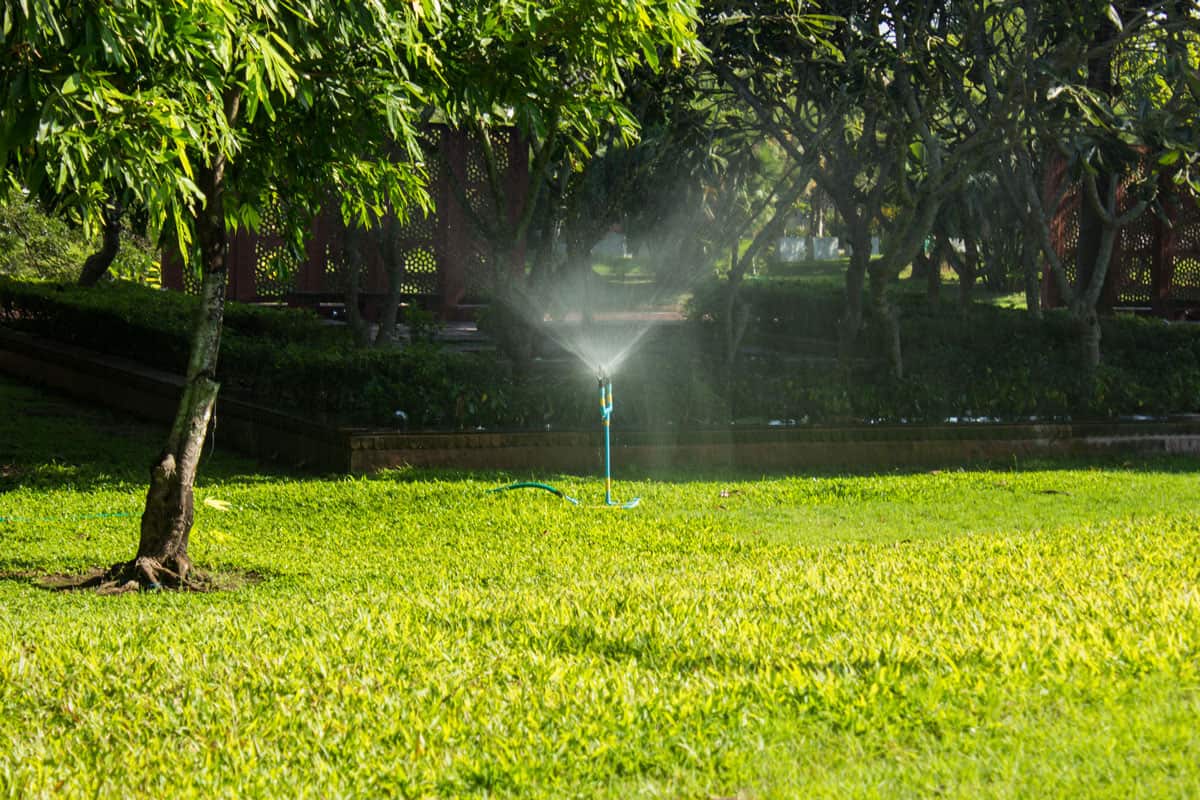
The square pattern, which has equal sides running between four sprinkler locations, is used to water areas that are square in shape or have borders that are at 90° angles to one another.
This pattern-specific irrigation is utilized to keep the design inside that pattern. Closed spaces frequently exclude the use of alternative designs, even though the square pattern is the weakest for effective coverage if not applied carefully.
The diagonal distance between sprinklers located across the pattern from one another is what contributes to the square spacing coverage's weakness.
Sprinklers at the opposite corners of the square pattern are separated by more than 70% when they are placed head-to-head along the sides of the square pattern. The core of the square design may be weak due to this diagonal stretch of 70%.
If the site frequently experiences certain weather conditions, the wind may push the weak spot somewhat away from the center and the summer heat may make the weak spot fairly large.
Triangular Pattern
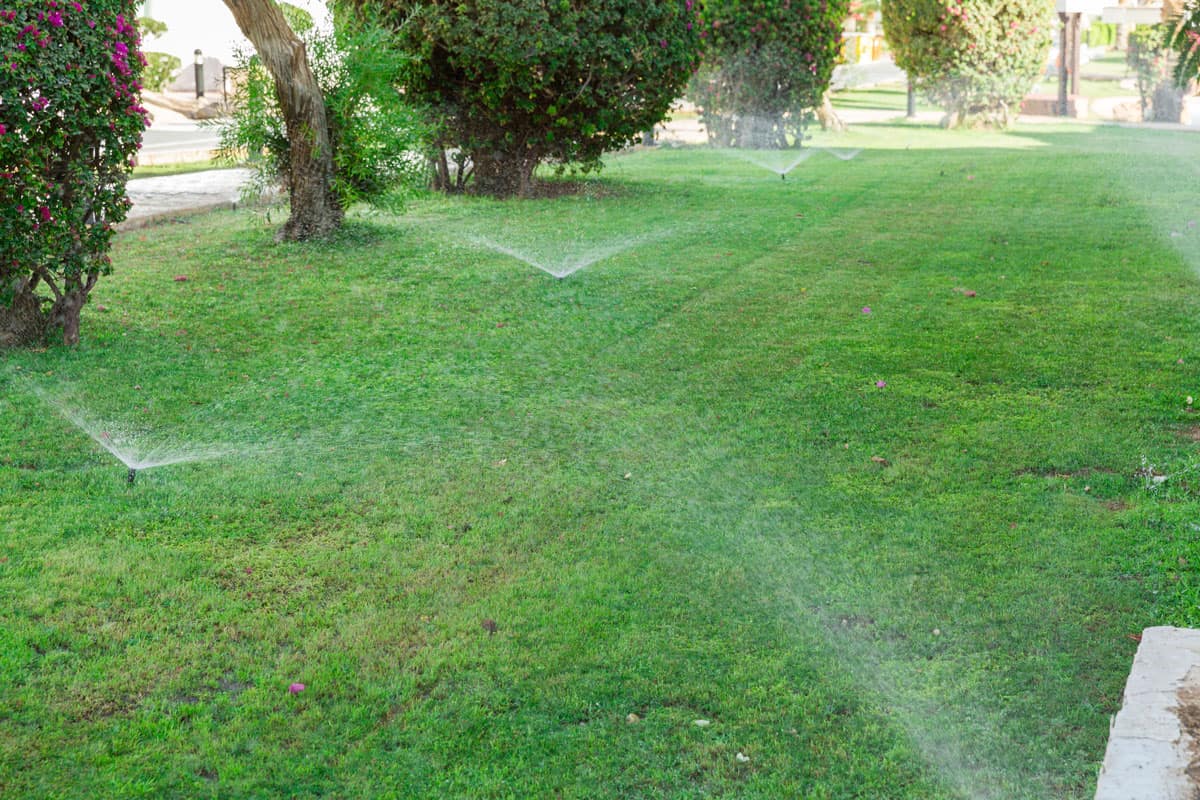
The triangle pattern is typically chosen when the area to be irrigated has skewed borders, borders that are susceptible to overspray, or when part-circle sprinklers are not necessary. The sprinklers are spaced equally apart in an equilateral triangle arrangement, which offers several benefits over square spacing.
The weak area that could arise from square spacing is eliminated because the sprinkler rows are spaced out from one another to create the triangle pattern. In most circumstances, triangular spacing allows for a greater sprinkler spacing than square spacing.
There will likely be fewer sprinklers needed for the project as a result of the increased spacing between sprinklers. A location with fewer sprinklers will require less equipment, take less time to install, and require less maintenance throughout the system's lifespan.
Rectangular Pattern
The rectangular pattern has the benefit of being able to fit into spaces with well-defined straight borders and corners, as well as the ability to withstand windy site conditions.
The designer can maintain enough sprinkler coverage by reducing the spacing across the wind and increasing the length of the pattern with the wind.
Sliding Pattern
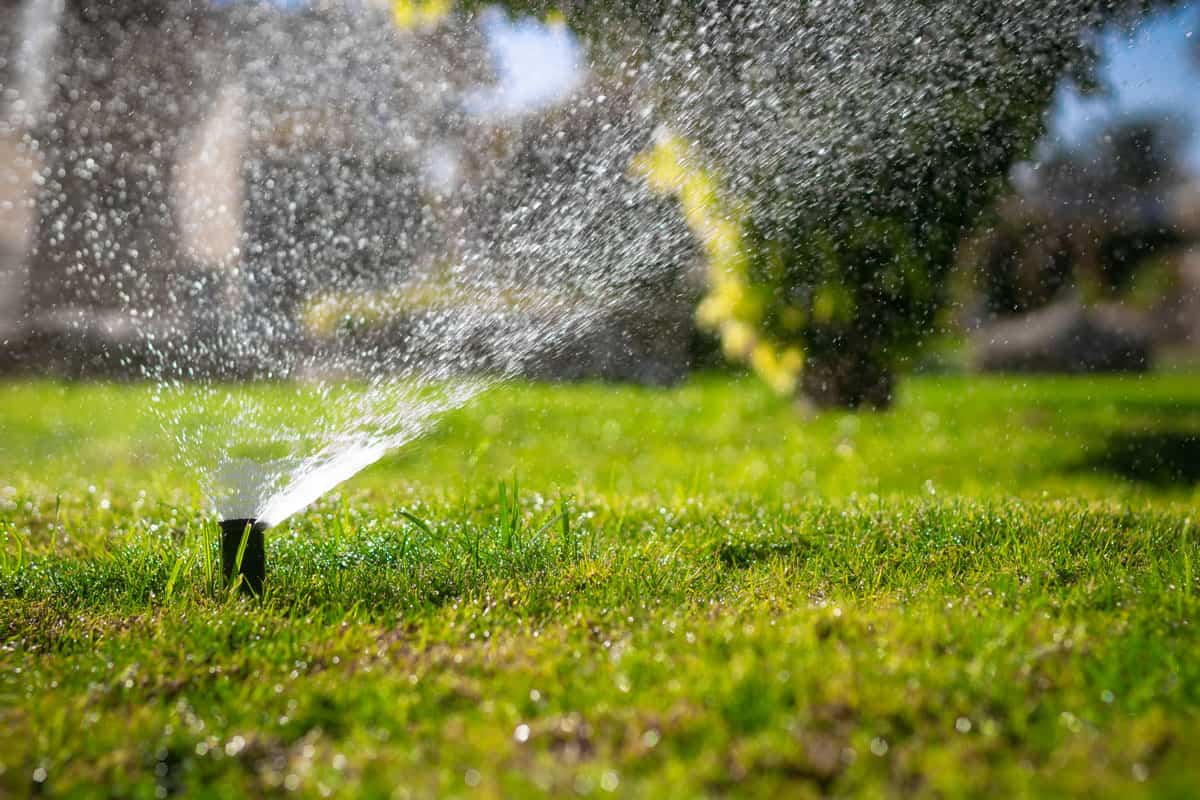
The sliding pattern enables a gentle transition from, say, square or rectangular spacing to a parallelogram, then to triangular spacing and back again, as needed, to adapt to a curving boundary.
The designer avoids bundling sprinklers on the inner curves and stretching the spacing on outside curves by moving the pattern to maintain spacing requirements over a curving border.
A baseball field's outfield sprinkler spacing, which is frequently created, is a good illustration of how you can use the sliding pattern method.
The designer may begin with rectangular spacing behind the third base and, while adhering to the outer curve of the scalped area of the baselines, gradually slide through parallelogram patterns to triangular behind the second base, continuing to slide back through the patterns to rectangular spacing once more behind the first base.
The part-circle sprinklers along the outfield fence would be spaced using the same sliding technique.
What Are The Types Of Sprinkler Heads Available?
Here are the three types of sprinkler heads you can use:
Spray Heads

The best applications for this item are small to medium-sized lawns and/or systems that will be using pressures of 20 to 30 PSI. The distance of the spray rarely surpasses 15 feet because of the lower PSI.
This means that you should never space your spray heads more than 15 feet apart because doing so will cause dry areas on your lawn. Sprinkler installations should always have an overlap for complete coverage.
Compared to other sprinkler heads, spray heads have a higher application rate. i.e., they quickly spread a lot of water. Spray heads have the advantage of having no moving parts, which prevents mechanical failure. They can be mounted on either fixed risers or pop-up spray bodies.
However, you should be careful on windy days since spray heads produce a fine, misty spray. The spray is readily blown away, which significantly lowers watering effectiveness. Spray heads are not a viable option for people who live in very windy areas.
Rotary Heads
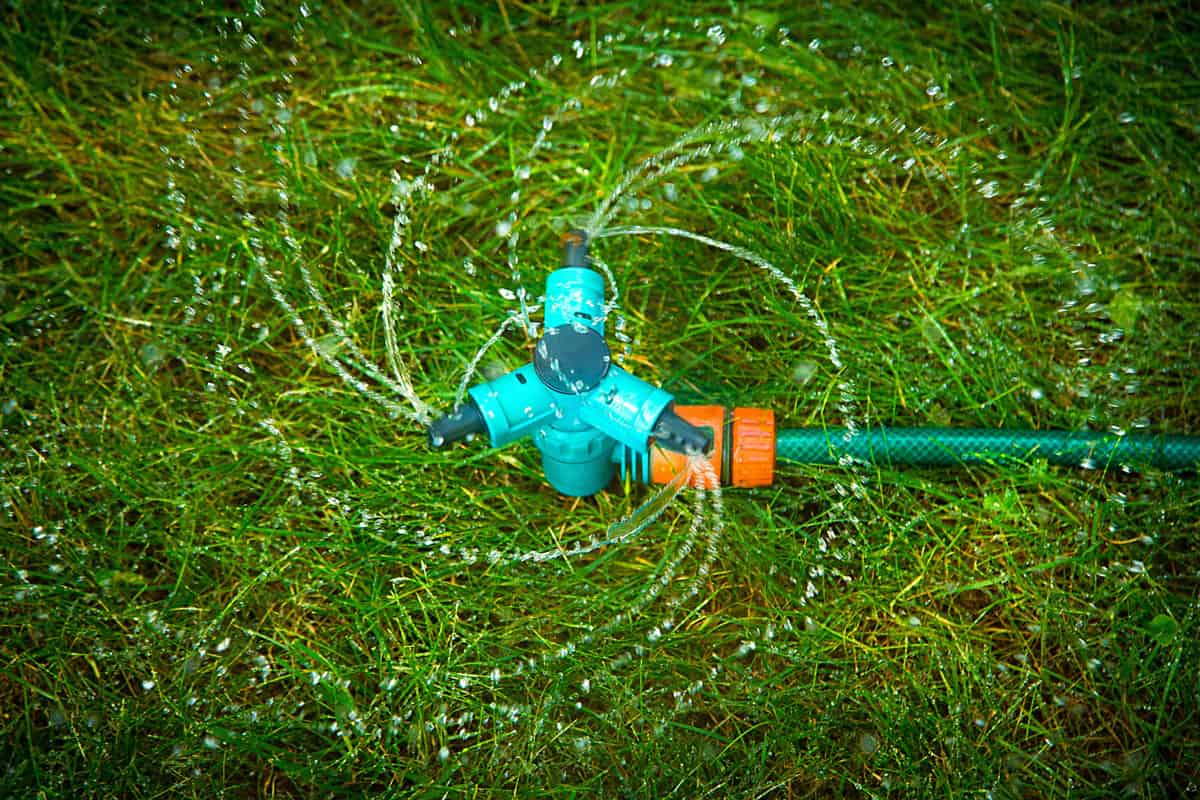
Frequently referred to as sprinkler rotors, these units work best on medium to large lawns with irrigation systems that can deliver PSI levels higher than 30.
Smaller rotating heads can cover 15 to 50 feet of space. It's crucial to bear in mind while designing your sprinkler system that the space between each rotating head should be smaller than the PSI delivered to each rotary head.
Bubblers
This sprinkler head is designed to quickly distribute a large amount of water in tight regions, such as tree basins or areas around bushes and other ground covers. However, these are not for watering lawns.
Be careful when using bubblers in uneven terrain or areas with slow-draining soil, since the water may either flow off the plants that need watering or flood the area. Bubblers can be useful in places that are too far away from sprinkler spray or in places where you don't want to be sprayed, such as next to buildings or around plants.
Tips In Choosing What Sprinkler Head To Use
When choosing the best sort of sprinkler head, here are a few important considerations to keep in mind:
Water Pressure
The type of sprinkler head you should use depends on the required water pressure. If it is less than 30 PSI, then the spray head is more suitable to use. However, if the pressure is more than 30 PSI, then you should use rotor heads.
Area Shape
If you have a wide or long lawn, then you need a far-reaching sprinkler head. But if your area is small and narrow, then a near-reaching sprinkler head is the one for you.
Landscape Design
Consider your landscape's design while planning your irrigation system, taking into account any curves and edges.
Additionally, consider what would happen if water sprayed past the borders of your garden beds, walkways, and other areas.
Why Is It Important To Properly Place The Sprinklers On The System Design?
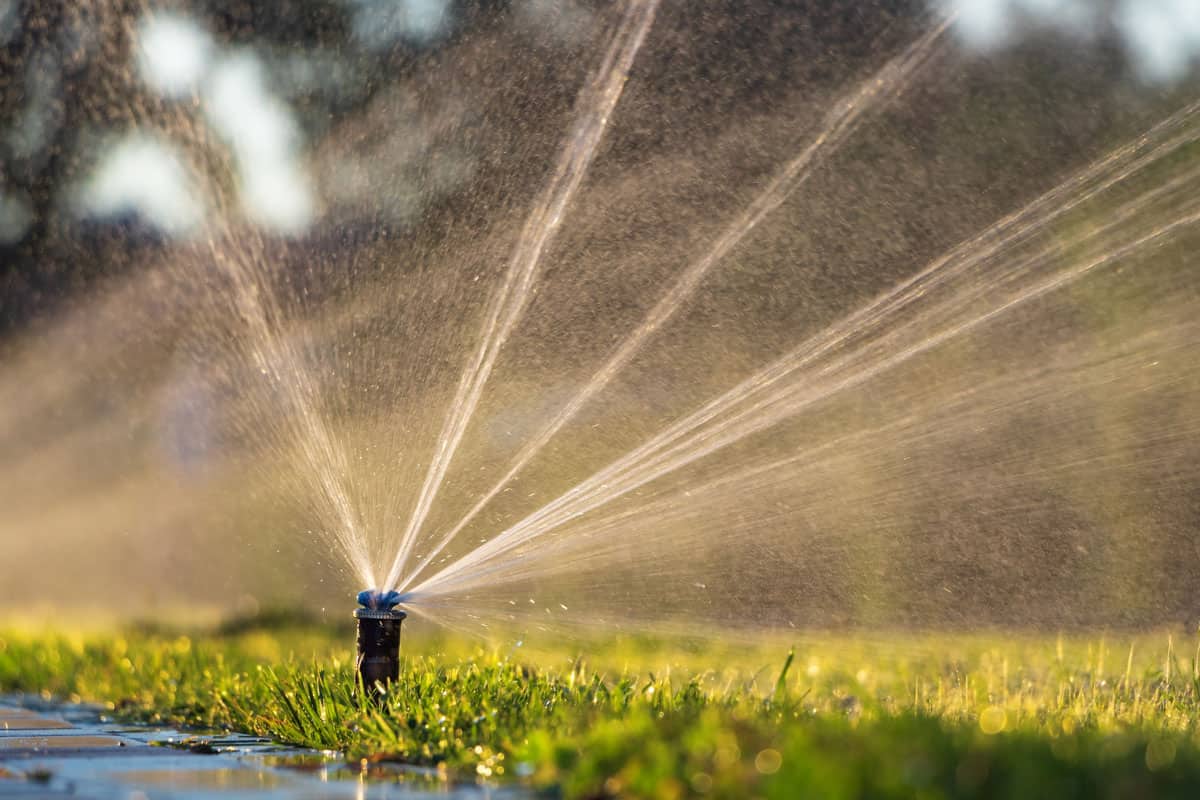
It's crucial to place the sprinklers correctly. One of the rare things that are bought and then buried in the ground is an irrigation system. Major issues are challenging to fix after a system is in place, and even little errors made during the project's design or installation phases can be expensive to fix.
Making sure all areas that need irrigation have appropriate sprinkler coverage is the aim of sprinkler placement. Keep in mind not to exceed the sprinkler spacing's suggested limits.
It will cost you many times as much to replace the row of sprinklers that might have been cut from the project because all the other rows were stretched. You will probably need to apply additional water to compensate for inadequate coverage. Water waste will cost a lot of money over the system's lifespan.
Final Words
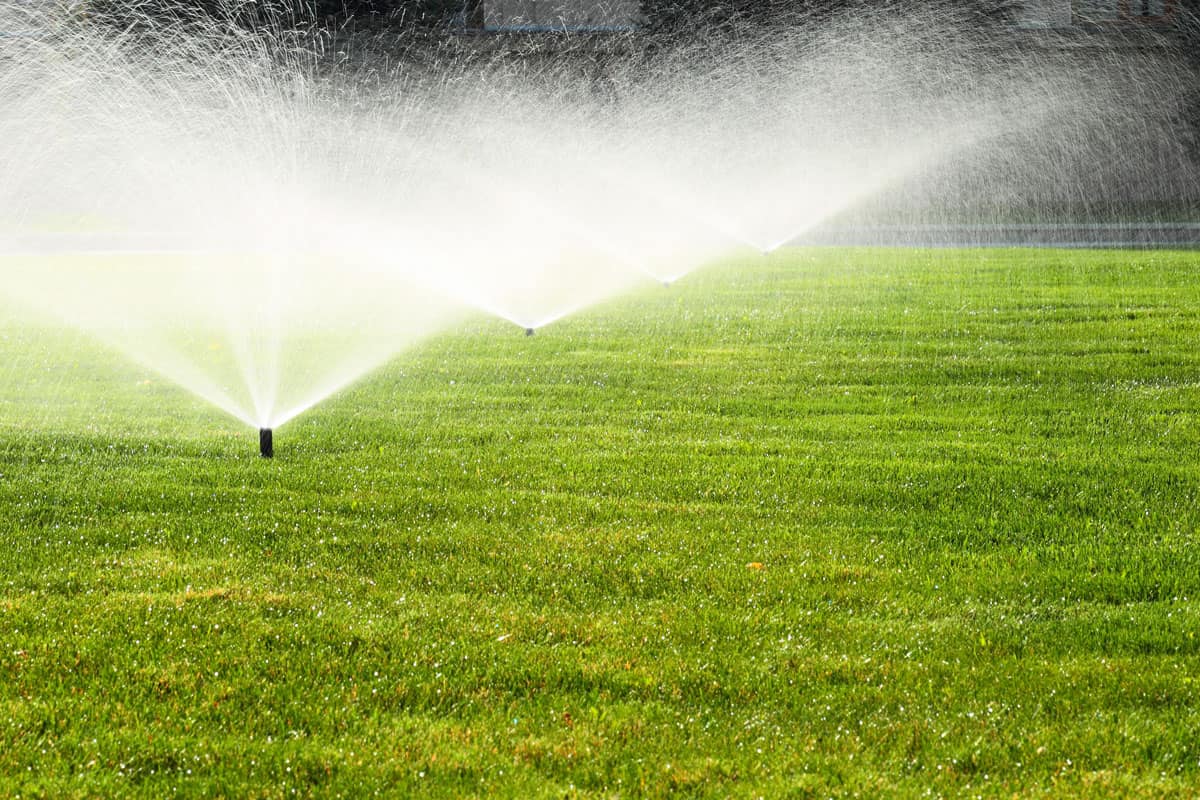
One of the early steps in the layout and design of a sprinkler system is knowing the coverage of your sprinkler head. This way, you can place the heads so that they can effectively and efficiently water your garden without leaving dry spots.
One thing to keep in mind is that the wind velocity is an integral factor in deciding the spacing. If you live in a windy region, then refer to the average spacing range mentioned above.
If you enjoyed this article, you can check out these other posts:
